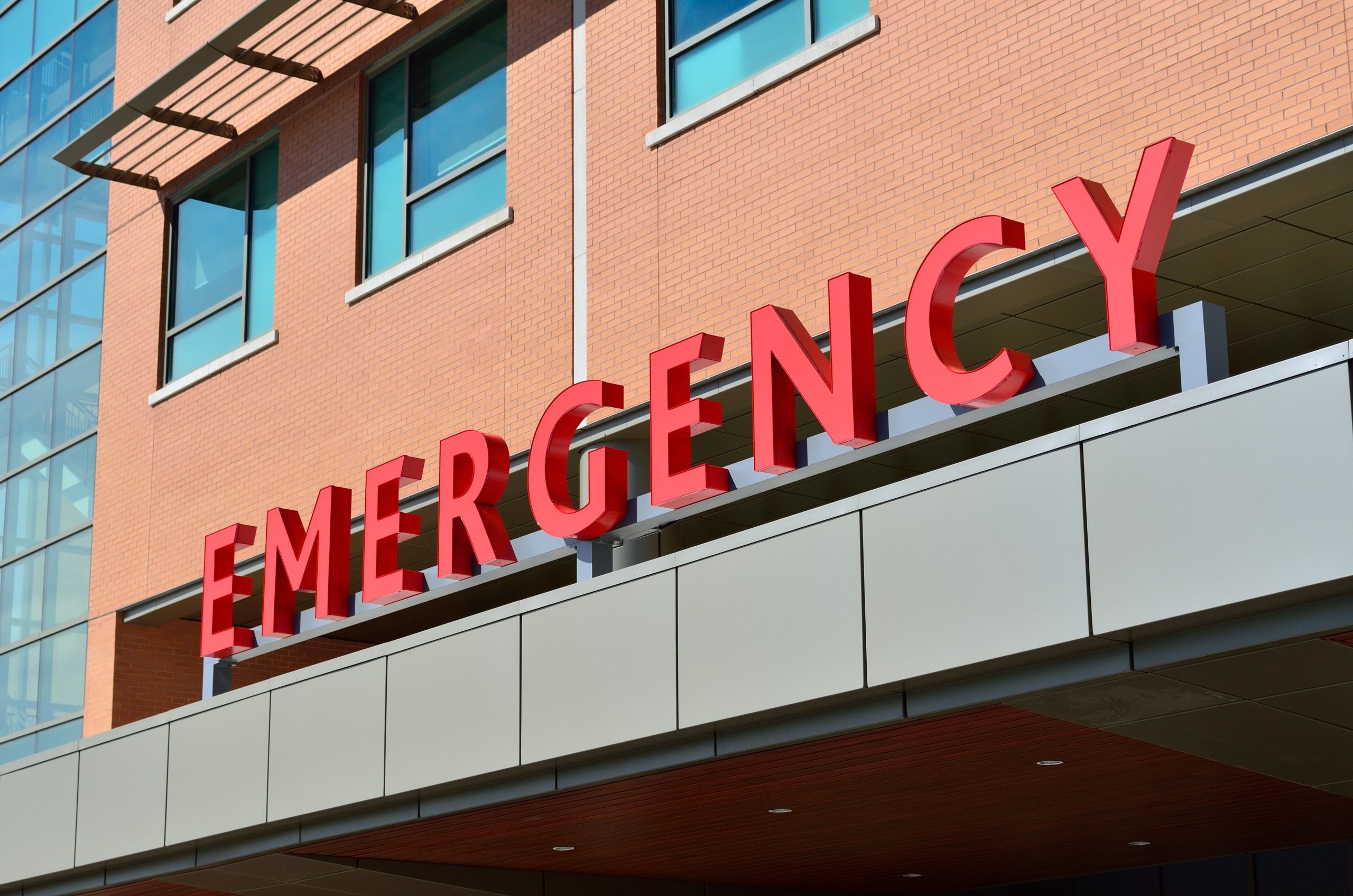Study Links Financial Hardship to More Emergency Room Visits, Less Preventive Care Among Cancer Survivors
A new study has found higher medical and nonmedical financial hardships are independently associated with more emergency department visits, lower receipt of some preventive services, and worse self-rated health in cancer survivors. The authors of the study warn that as health-care costs grow, unmet medical and nonmedical financial needs may worsen health disparities among cancer survivors. The study was published by Zheng et al in the American Journal of Preventive Medicine.
More than half of Americans experience medical financial hardship at some point in their lives. Cancer survivors are particularly vulnerable, being more likely to face material (eg, problems paying medical bills), psychological (eg, worry about medical costs), and behavioral (eg, delaying or forgoing care because of cost) financial hardships than individuals without a cancer history. Cancer survivors also face nonmedical financial hardship, including food insecurity and worry about other economic needs such as monthly bills and housing expenses, likely due to the late and lasting effects of cancer-related treatments, work limitations, or inability to work, leading to reduced earnings and loss of employer-sponsored health insurance coverage. There has been little research to evaluate whether these medical and nonmedical financial hardships of cancer can impact the use of preventive services.
Study Findings
To learn more, investigators looked at responses from about 12,000 cancer survivors in the National Health Interview Survey (2013–2017), stratifying survivors into two age groups (18–64 years and ≥ 65 years).
They found cancer survivors with higher medical and nonmedical financial hardship intensities were consistently more likely to report any emergency room visit and rated their health status worse than those with lower hardship intensities. Those with the highest level of hardship intensity also had lower levels of influenza vaccination (ages 18 to 64: 45.6% vs 52.5%; ages 65 and older: 64.6% vs 75.6%) and breast cancer screening (46.8% vs 61.2%).
“Given greater patient cost sharing and rapid development of expensive cancer treatments, the experience of medical and nonmedical financial hardship is likely to increase and may exacerbate cancer-related health disparities,” concluded the authors.
Disclosure: For full disclosures of the study authors, visit ajpmonline.org.The content in this post has not been reviewed by the American Society of Clinical Oncology, Inc. (ASCO®) and does not necessarily reflect the ideas and opinions of ASCO®.
Source: ASCO Post
Support families fighting financial toxicity of cancer – here.

2 Replies to “Study Links Financial Hardship to More Emergency Room Visits, Less Preventive Care Among Cancer Survivors”
Not surprising, and highlights the need for continued improvements to ongoing care for cancer survivors !
Absolutely true, joe!